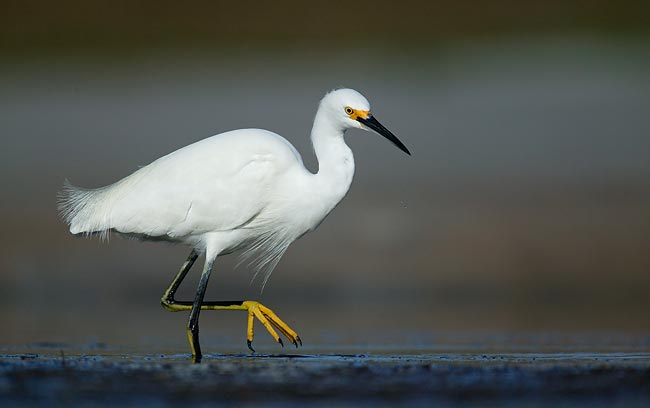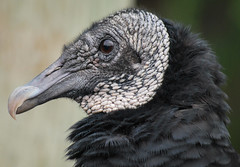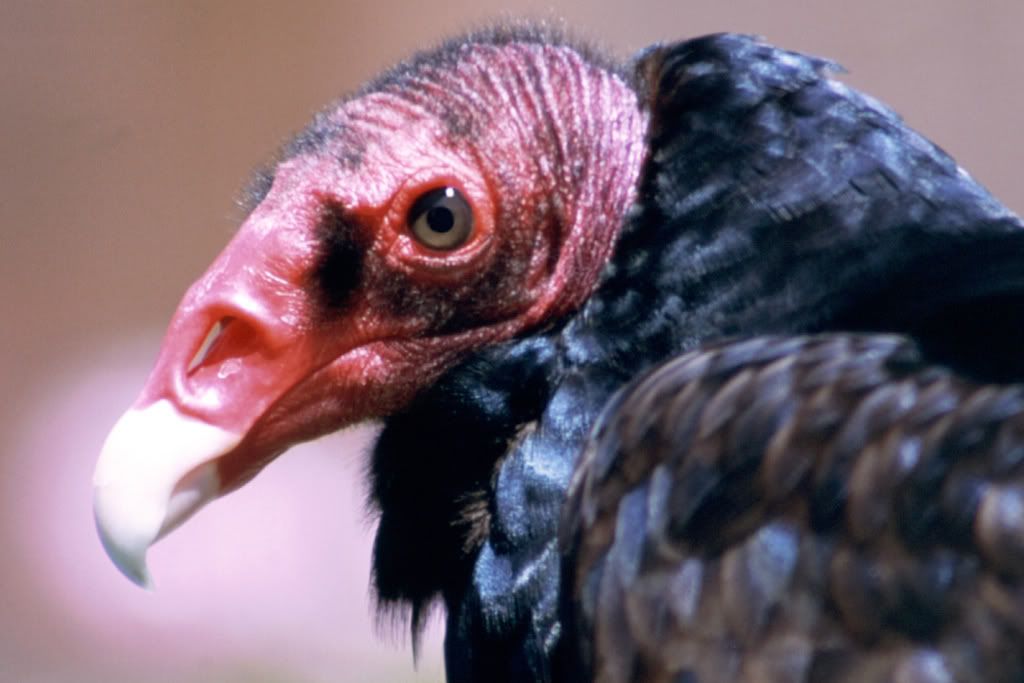How deserts got a reputation for being barren, lifeless places, I have no idea. Because from birds and cacti to reptiles and Joshua trees, there is life to be found all around you at Joshua Tree National Park.
Amazingly, one of the most species-rich places Mr. Nature Geek and I visited was our own campground. Which, by the way, looked like this:
Jealous yet?
The small green tent in the bottom left is ours. There was hardly anyone there because on our first night it was 40mph winds and snow. We toughed it out thanks to some very warm sleeping bags and were rewarded with perhaps the best camping experience either of us have ever had.
There were all sorts of birds around, along with Western fence lizards, black-tailed jackrabbits, and a California ground squirrel that was clearly up to no good. As a result, each morning I was constantly running around, camera and binoculars in hand.
Mr. Nature Geek: "Katie, what do you want to do today?"
Me: "Hang on, there's an Anna's hummingbird over there!"
Once I've returned...
Mr. Nature Geek: "Ok so what do you-"
Me: "The phainopepla is singing! I've gotta get that on film!"
I know what you're wondering: what the heck is a phainopepla? (and how do you pronounce that? The answer: "fain-o-pep-la") It's a bird in the silky flycatcher family that looks like a black cardinal. I spent all week chasing that bugger around taking photos and trying to get him on film as he sang. The fact that the National Geographic field guide states the phainopepla's song is "seldom heard" only motivated me more. And by the last day he bestowed upon me the honor of recording his song, while looking all handsome and such.
I also saw my first verdin:
He looks angry. Angry that we all can't be as cute as him!
Later in the week, we traveled to a true desert oasis. They really do exist!
In this lush green spot in the middle of a rocky valley, we spotted sage lizards, rufous hummingbirds, an American kestrel, and one very awesome desert spiny lizard.
Mr. Nature Geek tried to pick him up, but his brush surroundings protected him from his grasp. Too bad too, because my field guide says that the desert spiny lizard "often bites when captured." I would have loved to have got that on camera.
Even outside of unique locations such as campgrounds and oases, there was diverse life everywhere, especially in the form of cacti:
A red barrel cactus
Aren't those spines beautiful?
Beavertail cactus
(notice the flower buds...we arrived just weeks early for the big desert bloom...darn!)
(notice the flower buds...we arrived just weeks early for the big desert bloom...darn!)
Old man prickly pear
Cottontop cactus
Ocotillo (though not a true cactus)
This one was in bloom though!
And last but most certainly not least, that last one is the jumping cholla. Those who have purchased cholla wood for parrot perches or hermit crabs will recognize the "skeleton" on the left. The jumping cholla is so named because it has detachable segments on the end of its branches that lodge themselves in passersby at the slightest brush. I am quite happy to say that neither I nor Mr. Nature Geek were impaled on our skin by any cacti, however our shoes received some cholla a few times that had to be removed with pliers.
Well I could go on and on about Joshua Tree National Park and its biodiversity, but this sample will have to do. If you have never had the chance to visit, I highly recommend you do. Oh and before I go, remember how I said I would not be hugging any Joshua trees?
I couldn't resist after all.
+132.JPG)








+091.JPG)



+094.JPG)











